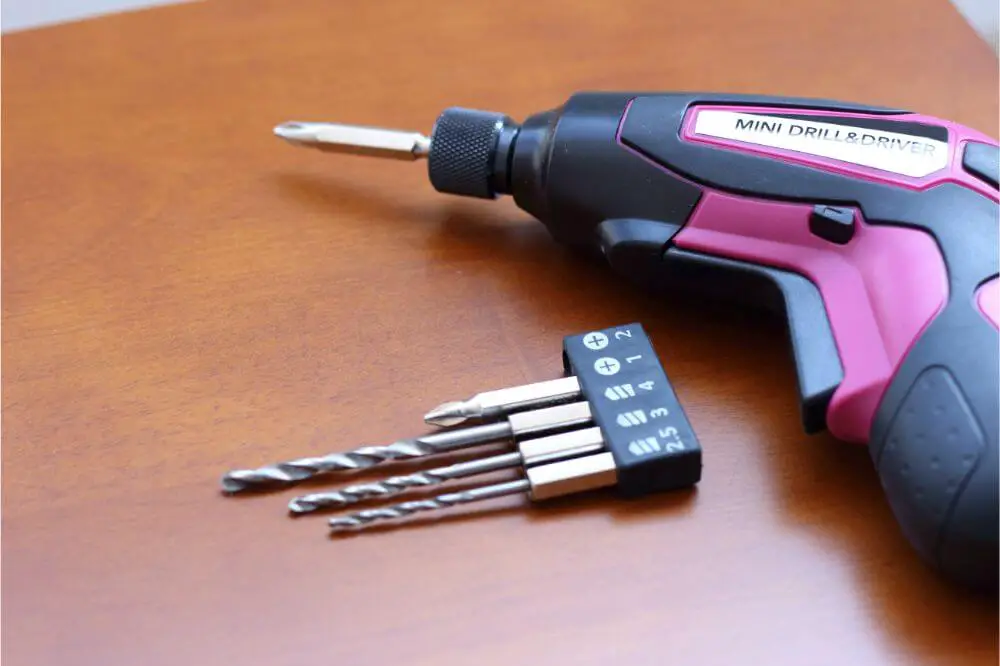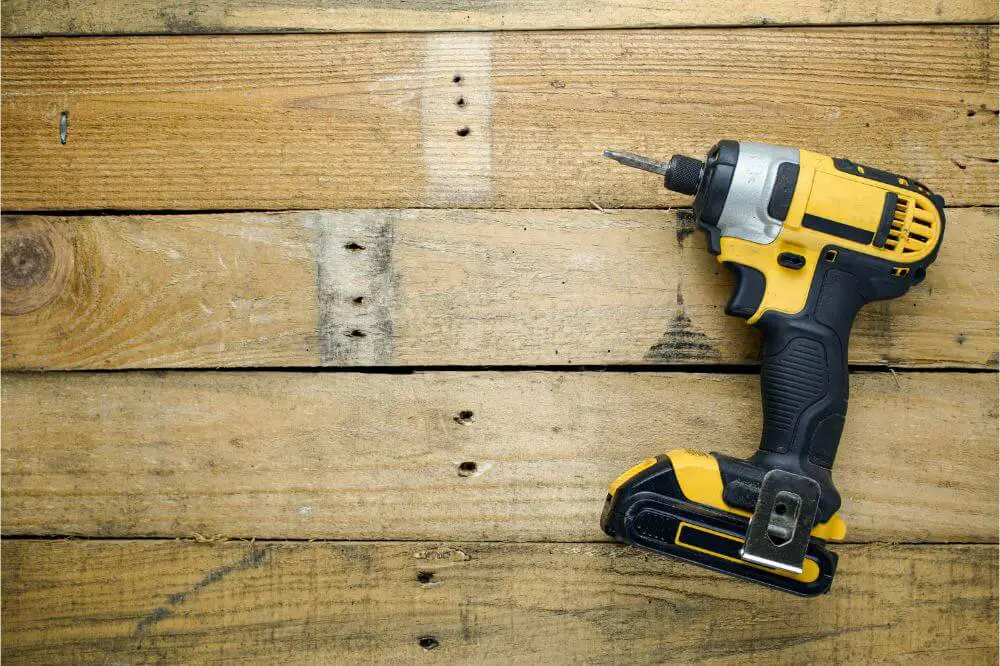There are dozens, if not hundreds, of power tools, each with its own purpose. Two such tools include the impact driver and the impact wrench. Moreover, although they are both very powerful, they aren’t used for the same things.
This article discusses impact drivers and wrenches, and we want to determine the main differences. Our primary goal in this impact driver vs. impact wrench comparison is to determine which you should use for specific jobs. So, let’s get to it.
Impact Wrenches and Impact Drivers: The Basics
Before discussing similarities and differences, let’s first determine what they are.
What is an Impact Wrench?
The impact wrench is also known as an impactor, an impact gun, or an air wrench. Impact wrenches can be electric or hydraulic, as well as cordless. However, the pneumatic version is the most common; this model uses compressed air.
Moreover, an impact wrench is a powered socket wrench that uses tremendous force. It works by storing energy in a rotating mass and delivers that energy to the output shaft all at once.
The impact wrench creates large amounts of force that moves in a circular motion. Simply put, this is like a powered socket wrench on steroids. It is designed to loosen or tighten nuts, bolts, and other things. It is commonly used to maintain heavy equipment, assemble products, and automotive repair.
Removing and tightening lug nuts on the wheel of a vehicle is one of the most common uses of an impact wrench. This is what you see NASCAR and Formula One pit crews using when changing wheels on a car.
What is an Impact Driver?
An impact driver, also known as an impact drill, is designed to create a great deal of rotational force. This works in much the same way as an impact wrench.
It stores this force in a rotational unit and then delivers it to the shaft all at once. This allows an impact driver to drill holes in very dense and hard materials. In addition, you can use this tool to insert screws, bolts, and other fasteners into dense and hard materials.
For instance, you would use a regular drill to make a hole into a piece of wood. However, you would use an impact driver to do the same thing with a much harder material, such as concrete.
Similarities of Impact Drivers and Impact Wrenches
Let’s quickly look at some of the similarities shared by impact drivers and impact wrenches.
Size and Weight
One similarity shared concerns their overall size and weight. Generally speaking, both tools look somewhat the same − like modified power drills. However, they are relatively small, handheld, and lightweight for the most part.
The Impact Function
Another similarity shared between these two tools is their impact function. Both devices store a great deal of energy in a rotational unit, which is rapidly transferred to the drive shaft.
This creates a much greater force and power compared to basic rotation. These two tools are designed to take care of much heavier-duty tasks than the originals.
They’re Handheld
Both tools are handheld and portable. These are not large and stationary tools.
Upgraded Originals
The other similarity these tools share is that they are upgraded versions of the original. So, for example, an impact wrench is the upgraded version of a socket wrench or a powered socket wrench.
An impact driver is the upgraded version of a regular drill driver. Both are designed to handle heavy-duty tasks.

Differences Between Impact Drivers and Impact Wrenches
Now that we know how these two tools are similar let’s see how they’re different.
The Power Source
One of the most significant differences concerns the way they are powered. An impact driver will usually be corded or battery powered. However, they are designed to be entirely portable for use on job sites.
On the other hand, although impact wrenches may also be battery-powered, corded, or hydraulic, they are generally pneumatic or air-powered. Being pneumatic allows for a very constant power source with excellent reliability. In addition, pneumatic tools generally produce a much greater deal of force than anything electric.
The Shank and Bits
Another difference concerns their overall functionality. For example, an impact driver is designed to drill holes and drive bolts and screws into hard surfaces.
The bits they accept look like upgraded and heavier duty versions of drill bits and screw bits.
On the other hand, an impact wrench features bits that resemble socket wrenches. One is a heavy-duty drill driver, and the other is a heavy-duty socket wrench.
The Main Functions and Uses
The most significant difference between these two tools is what they are designed to do. An impact wrench will either loosen or tighten nuts, bolts, and lug nuts, such as on the wheels of a car.
On the other hand, an impact driver either drills holes or drives screws and fasteners into very hard materials, such as concrete and masonry.
Impact Driver vs. Impact Wrench: Which Should You Use for Specific Jobs?
- If you need to tighten nuts, bolts, and lug nuts extremely securely, you want to use an impact wrench. For instance, if you use concrete anchors, you would tighten those nuts on the concrete bolts using an impact wrench.
- An impact wrench is also something you can use to loosen nuts and bolts that are rusted or stuck on. One of the most common uses is working on the wheels of vehicles.
- On the other hand, if you are working in construction and you need to drill holes into very tough materials, such as concrete and masonry, an impact driver is what you need.
- An impact driver is also used to insert fasteners, such as concrete screws, into concrete and other hard materials.
Conclusion
As you can see, impact drivers and impact wrenches are similar. Their functionality is undoubtedly very similar. However, the jobs they are used for are very different.
Now that you know the main differences between these two tools, you can decide between the two.


